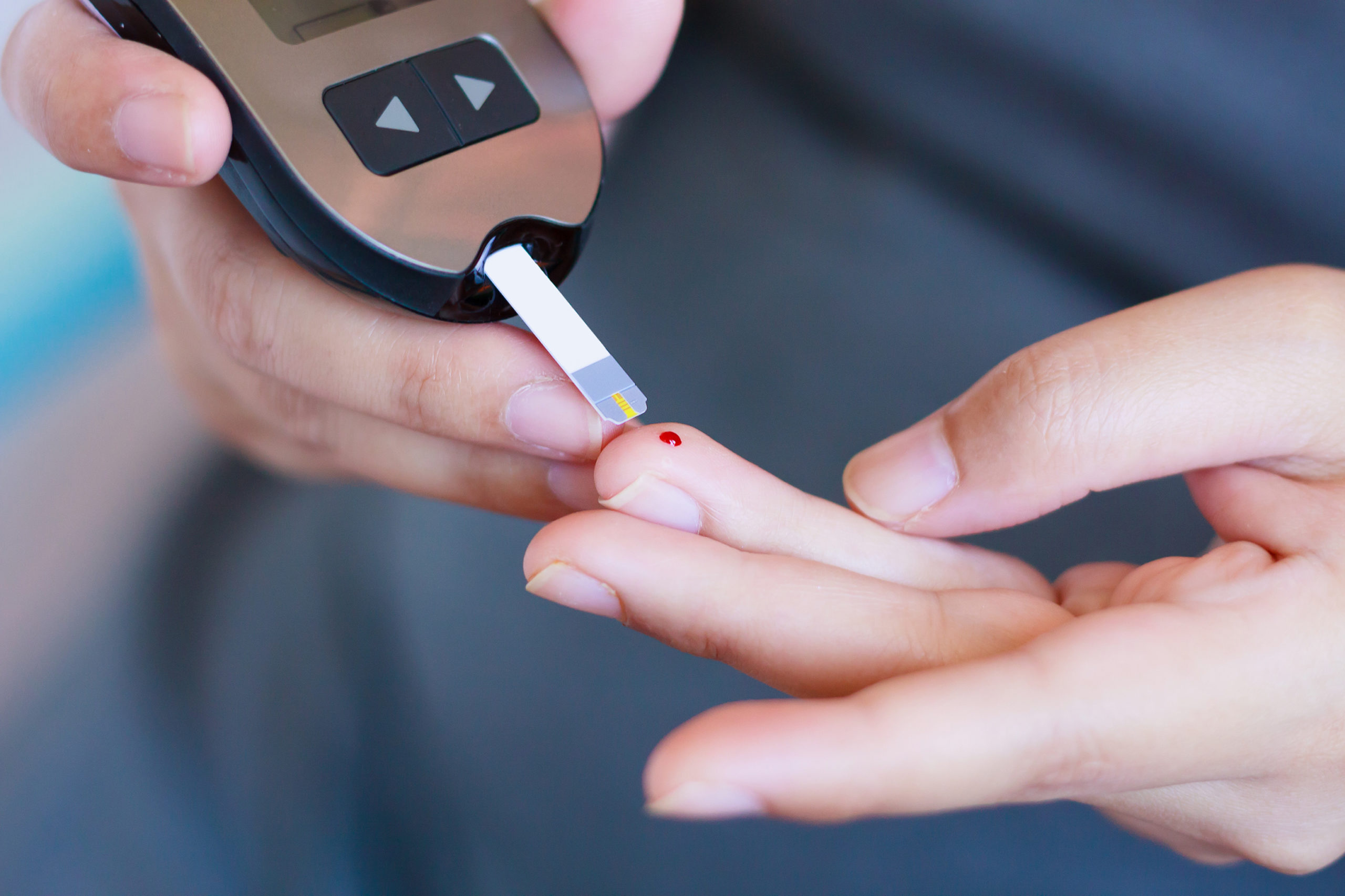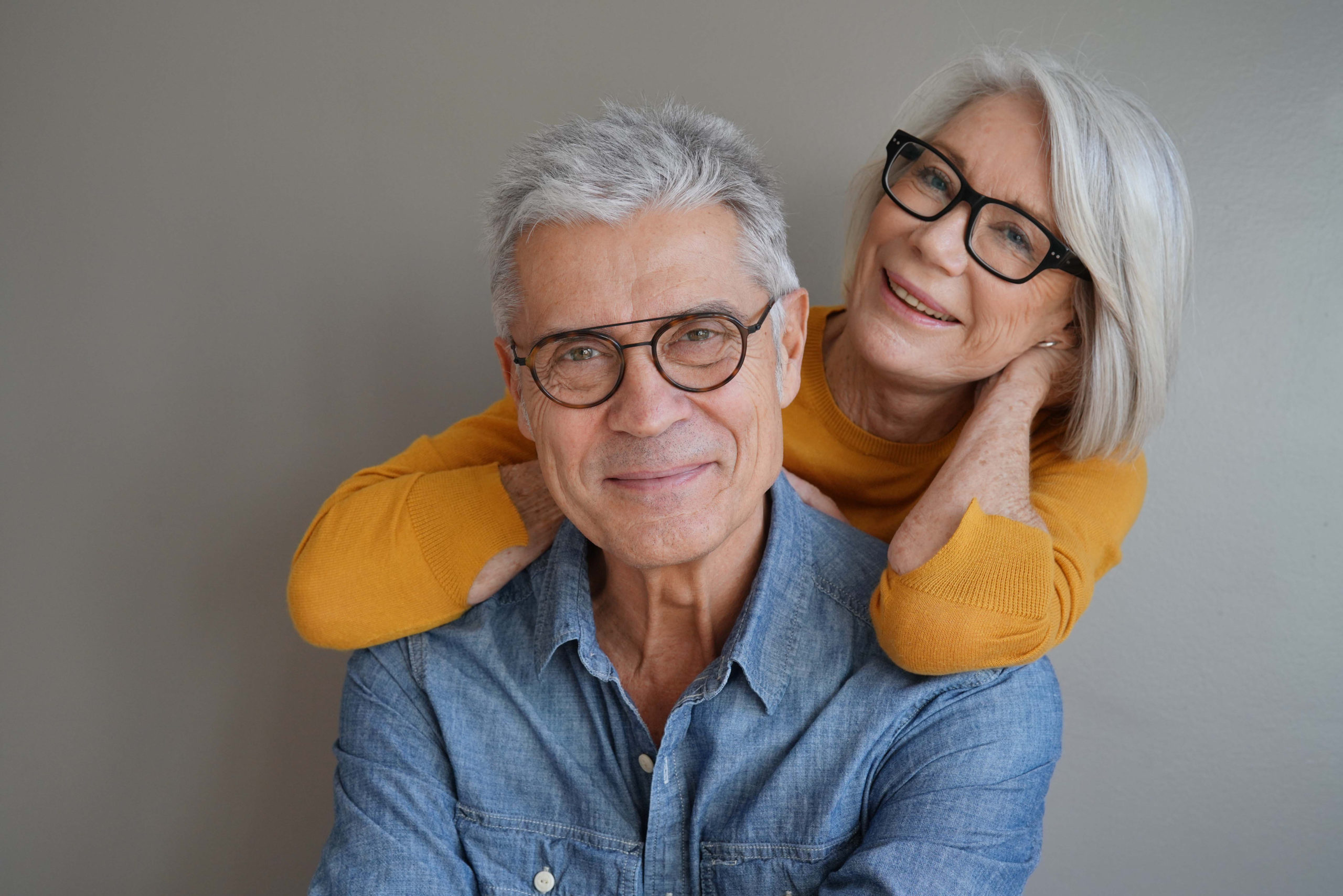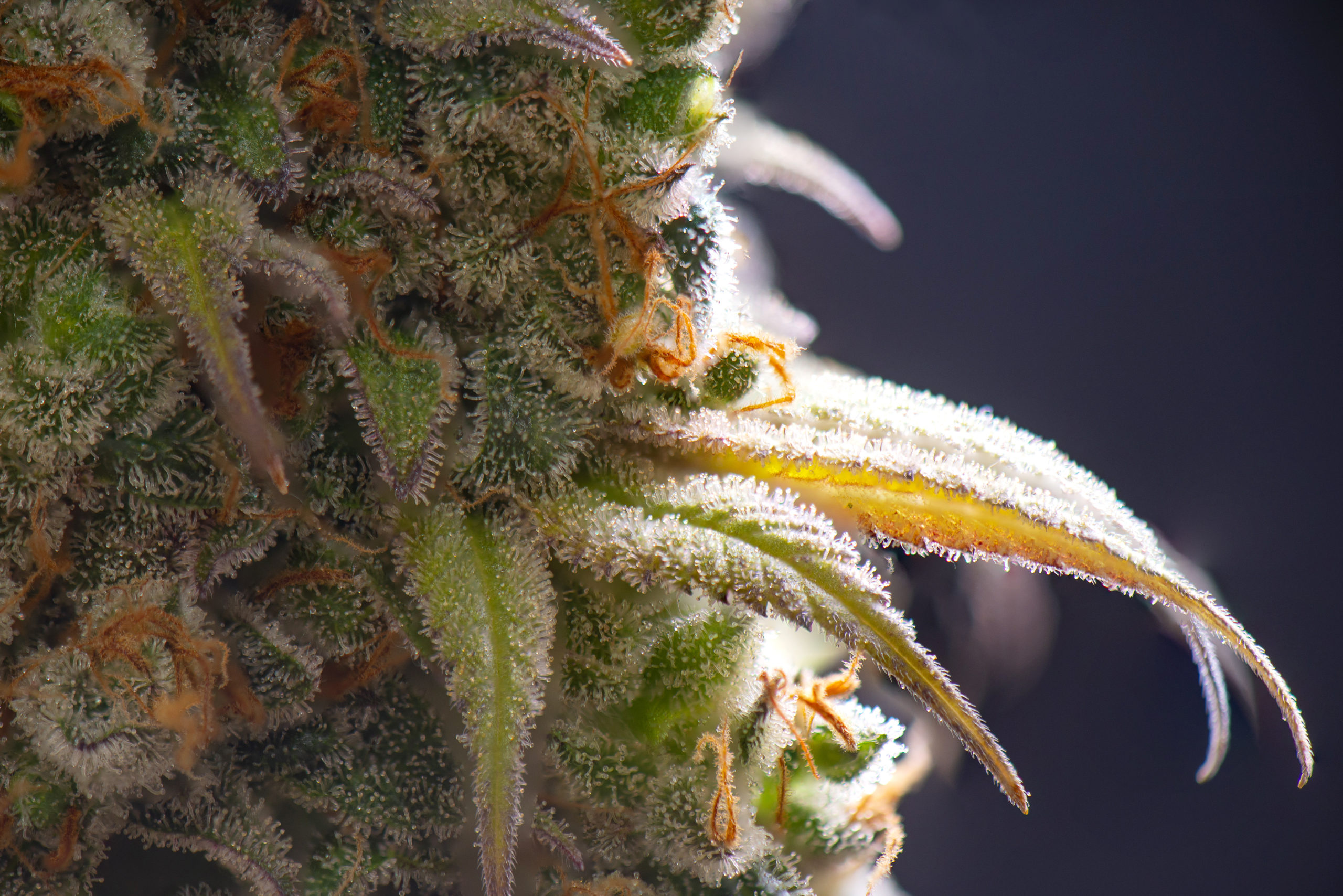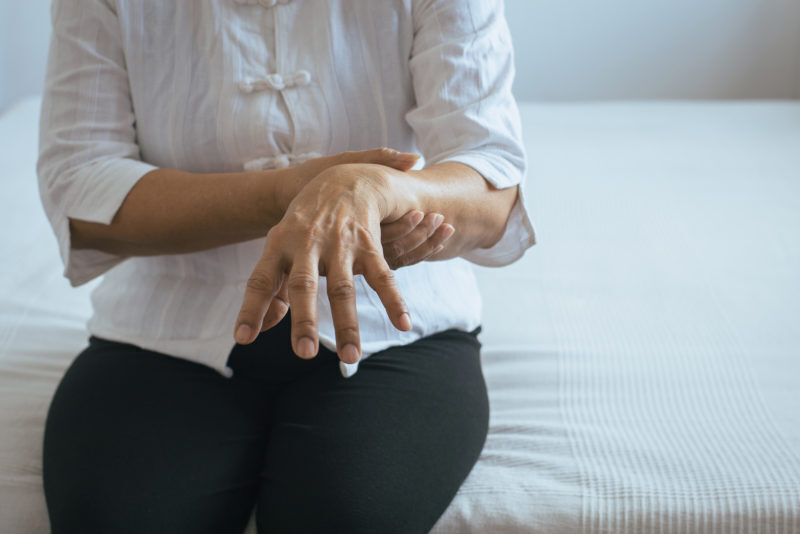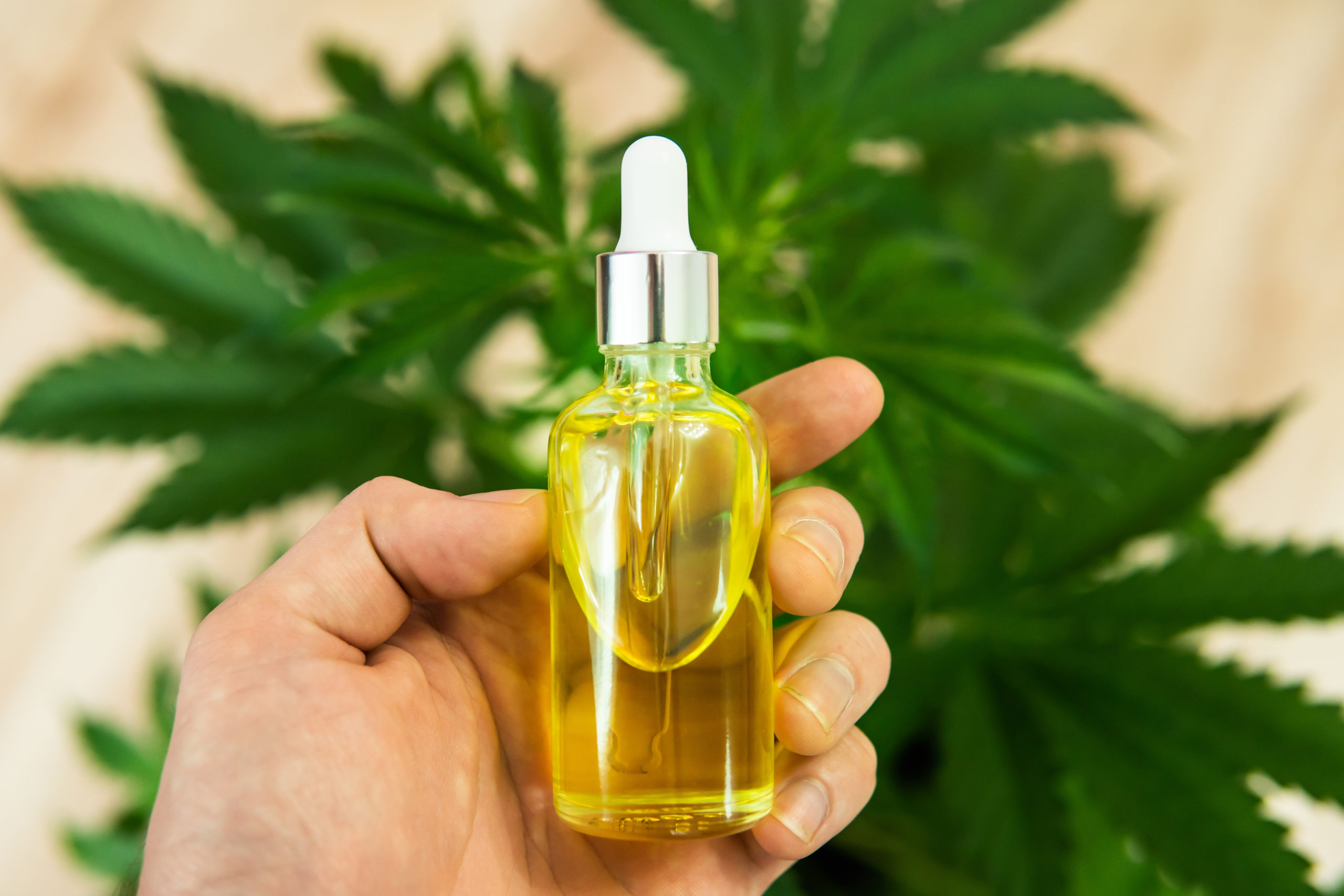-
- Market Research
- |
- CBD Near Me
- |
- Giveaways
- |
- Newsletter
- |
- Contact
- |
- Advertise
- |

Osteoporosis is a common disease and can cause serious complications when bone fractures occur. According to a 2015 Israeli study, CBD may be a potential therapy for healing bones. Research on the endocannabinoid system shows it also plays a role in bone remodeling, which suggests CBD may increase bone mass and prevent osteoporosis. While more research is required, CBD is a promising treatment to potentially prevent fractures in osteoporosis patients.
Overview of Osteoporosis
According to the National Osteoporosis Foundation, 54 million people in the United States have osteoporosis.
The disease causes two million broken bones every year, and by 2025 will be responsible for three million fractures.
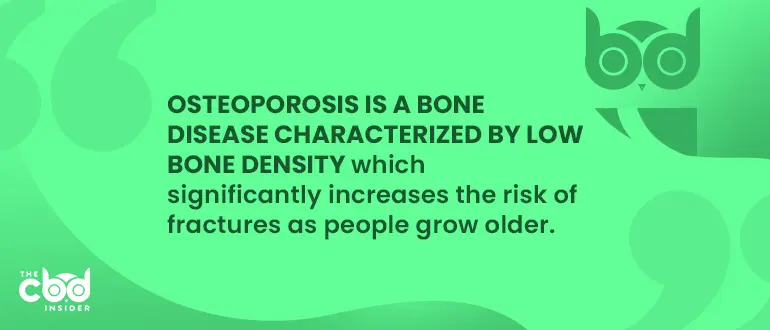
Osteoporosis is a bone disease characterized by low bone density, which significantly increases the risk of fractures as people grow older.
The term “osteoporosis” literally means “porous bone.”
Healthy bone naturally has holes, but in osteoporosis, the holes are much bigger, and bone tissue develops abnormal structures.
These occurrences make bone more likely to break.
The seriousness of the disease has led to a search for novel treatments, which prompted researchers to find out if CBD could be a viable treatment.
Osteoporosis Symptoms
Those with osteoporosis generally do not know they have the disease due to a lack of warning signs.
Since patients cannot feel their bones losing density, most only know they have the disease after fracturing a bone.
However, some people can lose height or develop a forward curve in their upper back, which may be a sign of osteoporosis.
After fracturing a bone, patients can experience other complications such as pain or a significant decrease in overall health.
Osteoporosis usually lasts several years or becomes a chronic, lifelong condition that worsens over time.
How Osteoporosis Works
Before understanding how CBD may treat osteoporosis, it is helpful to understand how the disease works.
Pathophysiology of Osteoporosis

Osteoporosis is believed to occur by an irregularity in bone remodeling.
In healthy people, bones are resorbed (i.e., a process of absorption) and then created anew throughout a person’s life.
According to Medscape, about 14 percent of an adult’s bones are resorbed and replaced in a single year.
Primarily, three cells carry out the process of bone remodeling:
- Osteoclasts: responsible for resorbing bone
- Osteoblasts: responsible for forming new bone
- Osteocytes: regulate the timing and location of the resorption and formation processes
Osteoclasts take a few weeks to resorb bone while osteoblasts take months to replace it.
Thus, if the process is accelerated, bone loss will occur, which is what seems to happen in osteoporosis.
Cause of Osteoporosis
Two factors are thought to contribute most to the development of osteoporosis:
- Aging: Osteoblast production naturally declines as people age, and after age 30, bone resorption passes bone reformation.
- Hormone deficiency: A drop in hormones promotes osteoclast production; this is especially prominent in women once they reach menopause, and is likely why more women develop the disease than men.
Osteoporosis Medication
According to Mayo Clinic, the most common medications for osteoporosis are bisphosphonates, such as:
- Alendronate (Fosamax)
- Risedronate (Actonel)
- Ibandronate (Boniva)
- Zoledronic acid (Reclast)
Bisphosphonates attempt to slow down bone resorption and lower the risk of a bone fracture.
Some severe side effects can occur from taking bisphosphonates long-term:
- Upset stomach
- Heartburn
- Fracture in the thigh bone or jaw, resulting in pain
Studies on CBD and the Endocannabinoid System for Osteoporosis
Most research associated with CBD is focused on the endocannabinoid system’s (ECS) role in osteoporosis, in particular, how receptors are involved in bone remodeling.
For instance, the CB1 receptors in the ECS can help regulate bone mass and are potential targets in preventing the disease.
Also, the antagonists of cannabinoid receptors may help prevent bone resorption.
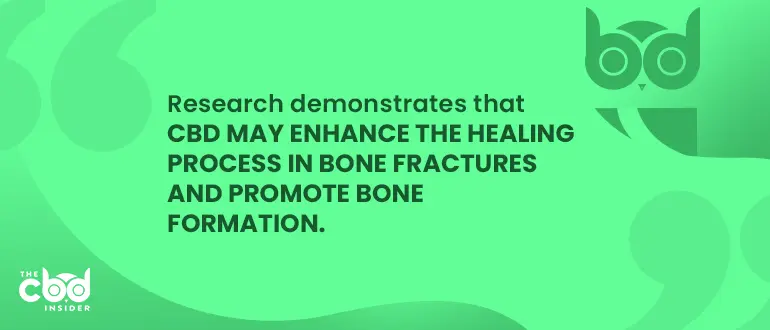
Research pertaining directly to CBD demonstrates that it may enhance the healing process in bone fractures and promote bone formation.
The following studies illustrate these effects of the endocannabinoid system and CBD in the treatment of osteoporosis:
Cannabinoid Receptor Type 1 May Protect Against Age-Related Osteoporosis in Mice
A 2009 study by UK researchers from the University of Edinburgh and the University of Glasgow showed that the CB1 receptor of the endocannabinoid system was involved in the regulation of bone health.
Testing mice that were deficient in CB1 receptors, researchers found these mice developed osteoporosis at a higher rate than the control mice.
Adipocytes (a type of fat cell) were found in the bone marrow of the CB1-deficient mice, which is a characteristic of osteoporosis.
Bone marrow stromal cells can differentiate (become different after growing or developing) into osteoblasts or adipocytes.
However, as the study showed, a lack of CB1 receptors can reduce the ability of the bone marrow stromal cells to become osteoblasts, and instead, they turn into adipocytes and promote osteoporosis.
As a result, the study demonstrated that CB1 regulates the differentiation of osteoblasts and adipocytes from bone marrow stromal cells.
However, in the early life of the CB1-deficient mice, their bone mass peak was higher than the control mice.
This occurrence implies that CB1 receptors promote osteoclast production in early life to balance bone formation.
The researchers also found that CB1 receptor expression increases with age.
This expression seems to help regulate bone remodeling and the accumulation of fat in bone marrow, which is why the CB1-deficient mice experienced significant bone loss and fat accumulation.
The study concluded that CB1 receptors play a significant role in bone remodeling, and are a potential therapeutic target in age-related osteoporosis.
CB2 and Other Receptors as Targets for Treatment of Osteoporosis

The Bone Research Group at the University of Edinburgh conducted a study in 2010 on cannabinoid receptors to test their therapeutic potential as anti-resorptive and anabolic (constructive metabolism) agents.
The study notes that both inhibiting receptors and activating them can provide benefits in osteoporosis therapy.
For example, the study showed inhibiting CB2 receptors reduced the production of osteoclasts, preventing bone resorption.
However, it also showed that activating CB2 can produce anabolic effects by promoting the differentiation of bone marrow stromal cells into osteoblasts and stimulating bone formation.
Researchers also suggested that targeting CB2 receptors would be beneficial because it lacks the psychoactive side effects that can be produced by activation of CB1 receptors.
GPR55 (orphan receptors) and TRPV1 receptors were also shown to be therapeutic targets.
Similar to the inhibition of CB2 receptors, inhibiting GPR55 and TRPV1 can also reduce osteoclastic function, protecting against bone resorption and preventing osteoporosis.
Researchers concluded that antagonists of cannabinoid receptors show promise as anti-resorptive agents and that endocannabinoids seem to possess anabolic properties in bones.
Study Shows CBD Can Help Bone Fractures in Mice
In 2015, researchers primarily from the University of Jerusalem, Tel Aviv University, and the Institute for Biomechanics in Switzerland studied the effects of CBD on mice with bone fractures.
When bones fracture, a callus made of cartilage is created to bridge the gap of the fracture.
CBD was shown to decrease the size of the callus up to eight weeks post-fracture, which signaled a temporary enhancement in the healing process.
After eight weeks, when most of the cartilage is turned into bone, researchers noted significantly increased toughness and strength in the bone treated with CBD.
In bone treated with THC, this effect was not observed.
The researchers believe that CBD increased osteoblastic bone formation to produce these biomechanical bone enhancements because the enhancements were observed in the later stages of healing when osteogenesis (bone formation) is the primary event over cartilage formation.
Researchers suggest that CBD can enhance fracture healing and is a safe therapy.
They also conclude that CBD may promote osteoblastic function in bone formation.
How CBD May Treat Osteoporosis
As research indicates, the endocannabinoid system has an essential role in bone health.
This also means CBD may provide therapeutic effects such as inhibiting bone resorption, promoting bone formation, and enhancing bone healing.
CBD May Inhibit Bone Resorption
A 2009 study by researchers from the University of Aberdeen in the UK, St. Vincent’s Institute in Australia, Indiana University, and Sweden studied the role of GPR55 receptors on bone mass and osteoclasts along with CBD’s effects on GPR55.
GPR55 receptors play an inhibitory role in the production of osteoclasts. CBD is an antagonist of the GPR55 receptors; thus, when CBD is introduced, it increases the formation of osteoclasts.
However, interestingly, CBD inhibits the function of osteoclasts and reduces bone resorption when it antagonizes GPR55.
These findings suggest that CBD can inhibit bone resorption and that blocking GPR55 could provide beneficial effects in metabolic bone disease, which would include osteoporosis.
CBD May Promote Bone Formation and Bone Quality
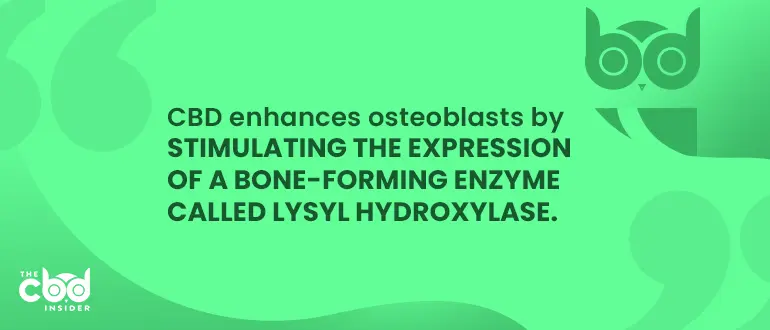
As the study on bone fractures suggests, CBD may enhance osteoblast production, which is responsible for promoting bone formation.
CBD enhances osteoblasts by stimulating the expression of a bone-forming enzyme called lysyl hydroxylase, an enzyme which helps create collagen.
Collagen is the most abundant protein in the body and a vital aspect of bone structure.
Osteoblasts secrete collagen as part of the bone formation process.
Additionally, lysyl hydroxylase is also associated with bone quality.
This information reinforces the belief that CBD’s effects on collagen were the reason why the fractures experienced enhanced healing and biomechanical properties.
Researchers from the fracture study suggest that the mechanisms CBD used (which are “not well understood”) to produce its pro-collagen effects should be further researched for therapeutic use in bone.
This implies CBD could be a part of this therapy as the vehicle by which the mechanism is triggered.
CBD Seems to Be a Viable Treatment for Osteoporosis
Bone fractures and osteoporosis are some of the most prevalent health issues in America, so the importance of finding viable treatments is essential for the health of older adults.
As researchers are finding, the endocannabinoid system plays an essential role in bone health, and CBD seems to help the ECS maintain healthy bone mass as the body ages.
For those affected by osteoporosis, CBD may offer an effective, safe alternative to medication in lowering the risk of fractures and maintaining healthy bones.
Have you or a loved one used CBD to treat osteoporosis? What kind of results did you see? Share your experience in the comments below!
Disclaimer: The content on this site is for informational purposes only. We are not medical experts and nothing should be construed as medical advice. Be sure to speak with your physician before taking CBD or any other treatment.


